
Rice Fortification: Harnessing the power of improved nutrition to combat diarrhea
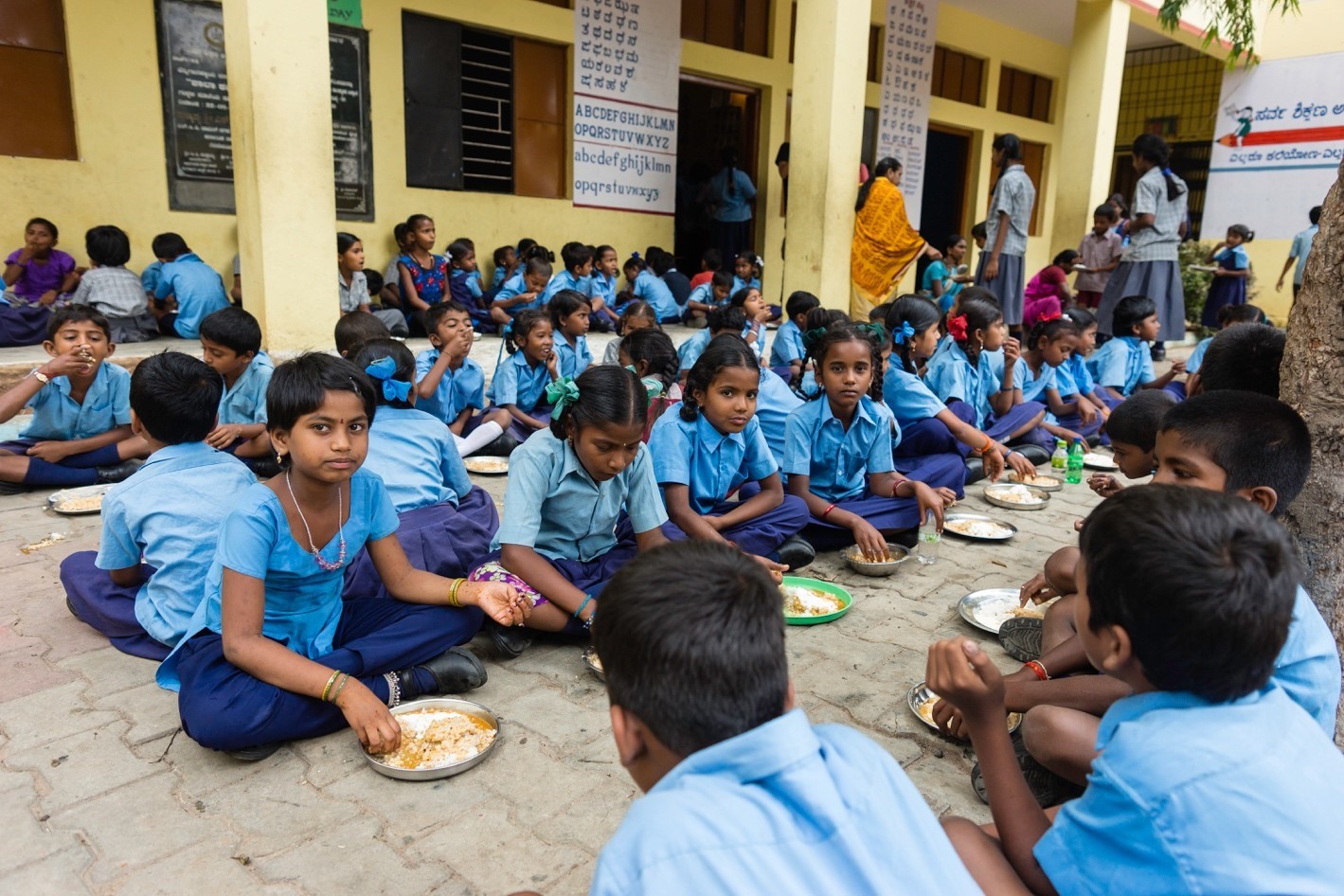
Diarrhea and malnutrition form a vicious circle together which, if not addressed, can threaten the lives of millions
Malnutrition is the root of various diseases. It is one of India’s most significant human development challenge threatening the health of over 2 million people who are suffering from hidden hunger and vitamin and mineral deficiencies. It also plays a key role in the rapid occurrence of diarrhea in children. Children who are deprived of good nutrition because of inadequate feeding suffer from more severe, frequent, and long- lasting diarrheal episodes. The risk of death from an episode of persistent diarrhea also intensifies as the child is already undernourished. Diarrhea is the second leading infectious killer causing the death of half a million children under the age of five per year around the world.
Since there is a strong correlation between malnutrition and occurrence of diarrhea, good feeding practices become a key to control both. The World Health Organization and UNICEF recommend an integrated approach to prevent and treat diarrheal disease. The tools include vaccines, WASH (water, sanitation, and hygiene), nutrition, breastfeeding, and treatment with oral rehydration solution (ORS) + zinc.
Several strategies have also been identified to address micronutrient malnutrition. Of all these, food fortification is the most effective intervention to deliver nutritious food to a large population. By improving daily nutrient intake, fortified food prevents vitamin and mineral deficiency-related diseases, strengthens the immune system, prevents infections like diarrhea, and improves productivity and cognitive development.
Rice fortification to the rescue
Rice is the staple food of India. Rice can improve health for millions of people at risk of malnutrition and diarrhea if it is packed with nutrients. How can this be done? The answer is rice fortification. Since milled rice is typically devoid of essential nutrients, it is necessary to fortify it with vitamins and minerals to meet nutritional needs.
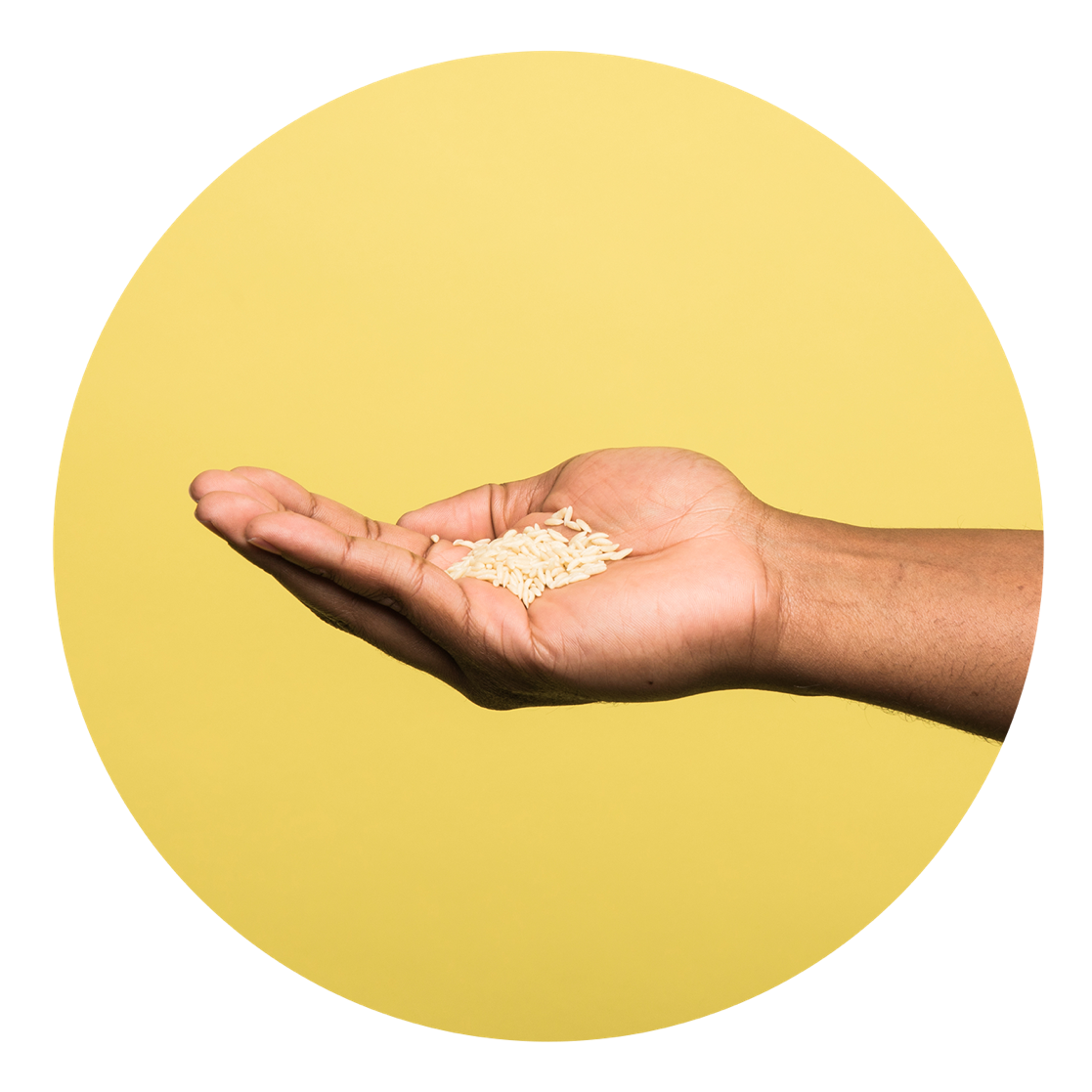 Fortified rice kernels are produced with a mixture of rice flour and a blend of micronutrients using an extruder (pasta making) equipment. The kernels are then added to traditional rice, typically in a ratio of 1:100, resulting in fortified rice. This fortified rice smells, looks, cooks and tastes like normal rice.
Fortified rice kernels are produced with a mixture of rice flour and a blend of micronutrients using an extruder (pasta making) equipment. The kernels are then added to traditional rice, typically in a ratio of 1:100, resulting in fortified rice. This fortified rice smells, looks, cooks and tastes like normal rice.
PATH has become a pioneer in rice fortification in India
A leader in global health innovation, PATH is at the forefront of finding and implementing effective approaches to boost and enhance rice fortification across the world. PATH’s Ultra Rice® technology ensures that the benefits of fortified rice reach the majority. To ensure this, PATH has licensed the Ultra Rice® technology to leading rice millers in India to help them produce grains for distribution through public sector channels and private sector markets.
Feeding the future through fortified rice.
PATH, in partnership with the Akshaya Patra Foundation introduced a comprehensive nutrition program in Karnataka and Gujarat government schools. Through this initiative, midday meals containing fortified rice have been introduced. Our comprehensive strategy for these programs not only aimed at improving the health of school children but also at providing them with a curriculum that covers nutrition and health-enhancing behaviors. Children are now aware of the need for dietary diversity, personal hygiene, and cleanliness of the classroom and they work in teams to keep their school premises tidy. This approach proved to be an effective intervention to reach the community, highlighting the importance of good nutrition and health by incorporating children as agents of change. While students, teachers, and parents are appreciating the benefits of eating fortified rice, they are also realizing the importance of ensuring safe drinking water, personal hygiene, and clean surroundings for a healthy life.
Evaluation studies undertaken on these school feeding programs have confirmed that daily consumption of fortified rice leads to improved nutritional and cognitive indicators among school children.
The impact of the intervention was measured in six districts of Karnataka with two years of intervention. There was a 9% reduction in underweight cases and a 3.8% decrease in stunting. The study also documented positive impact on reducing morbidity as incidences of children falling sick reduced from 37% to 16% while of diarrhea decreased from 4.33% to 0.83%.
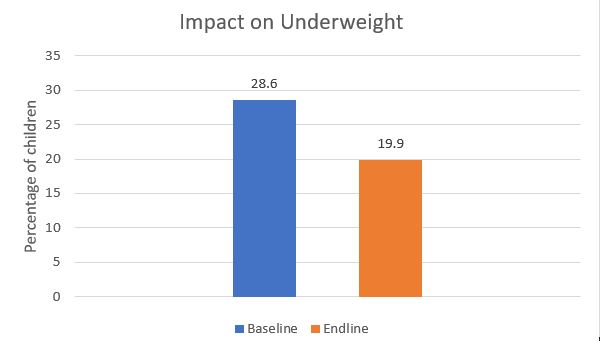
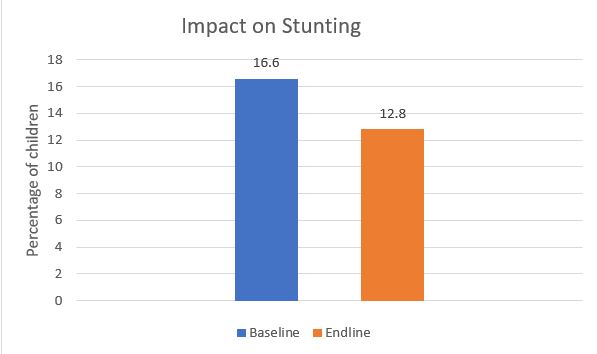

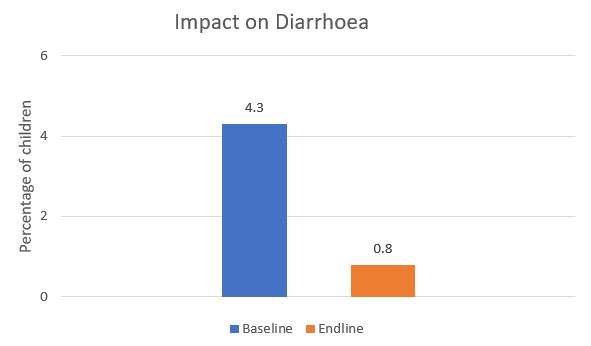
Right nutrition can fight diarrhea
As seen from the positive impact of rice fortification in improving health, improved nutrition can curb diarrhea to a large extent. The effects of diarrhea are proportional to the degree of malnutrition, being greatest when malnutrition is severe. Thus, diarrhea is, in reality, very much a nutritional disease and ensuring right feeding practices through innovations like rice fortification is a firm step ahead in defeating diarrhea.


